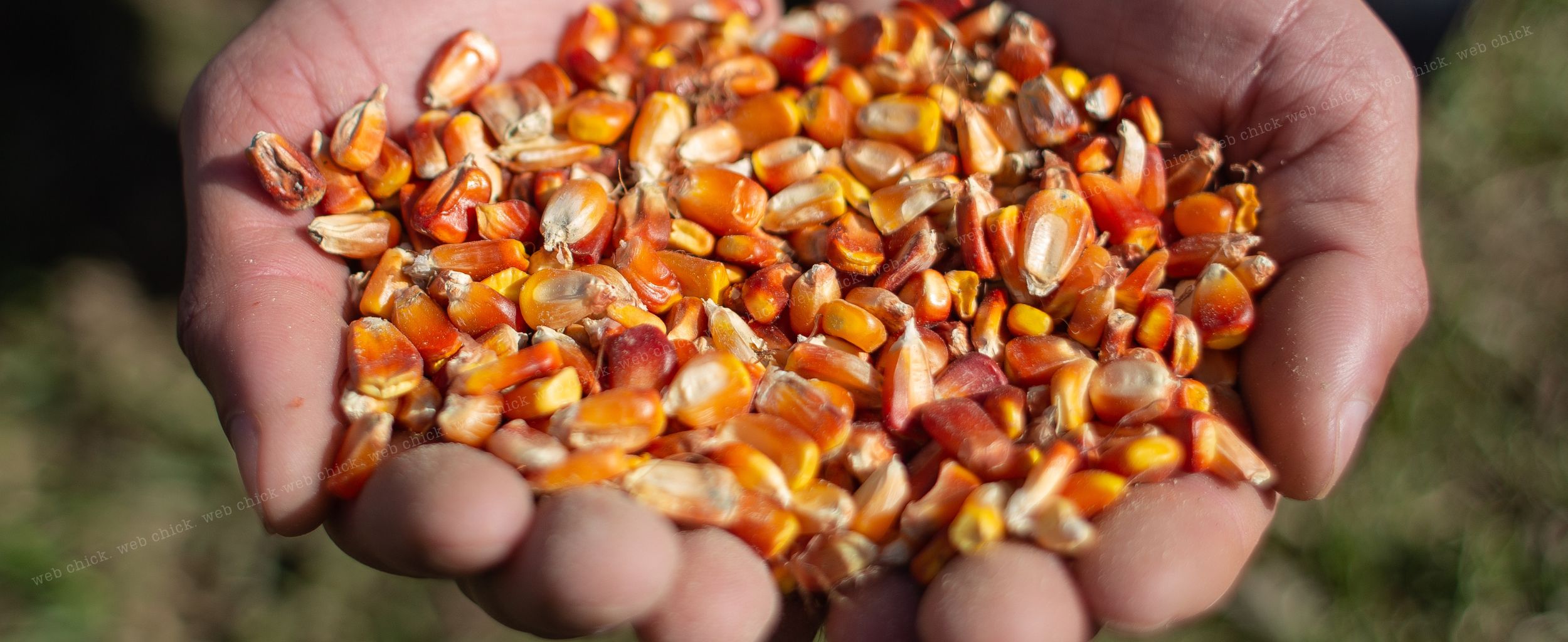New Tires Boost Yields
.png)
New tire technology has the ability to boost crop yields by 7%. Several recent articles in No-till Farmer outlined the benefits and few disadvantages of new tire technology. Most older farm equipment use standard bias tires inflated to 35 pounds per square inch (psi) but now standard radical tires (20 psi), increased flexion tires (16 psi), and very high flexion tires (VF, 12 psi) allow tires to flex which decreases soil compaction and improves yield while saving farmers money on labor and fuel. As the tire pressure goes down from 35 psi to 15 psi, the tire flattens and the side walls bulge. The tire may look flat but new tires are designed that way. The tire foot print expands by 4.5 inches which means the load is spread over a larger surface area, resulting in less soil compaction. Traction improves so more field work can be accomplished faster with less fuel and labor. Less compaction resulted in higher yields. Tire experts tested tires at 35 psi which is over inflated for most new
.png)
.png)



